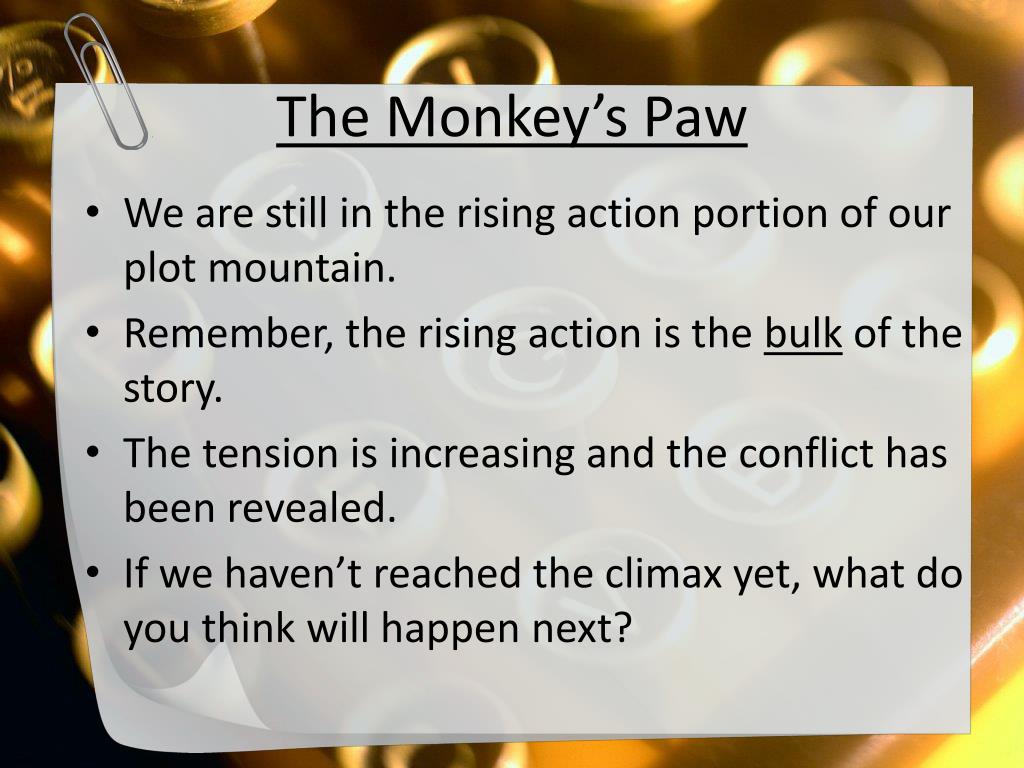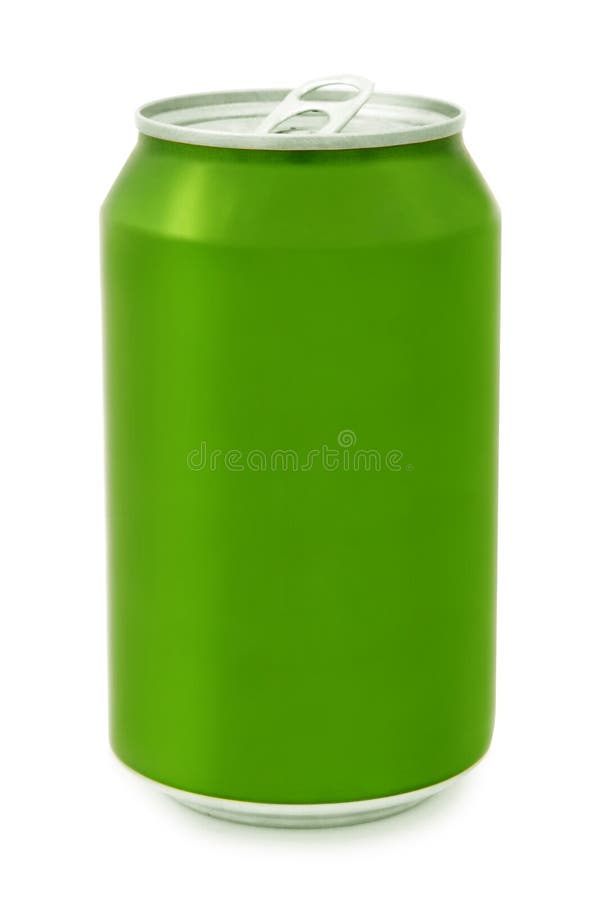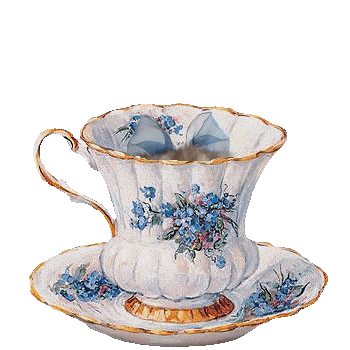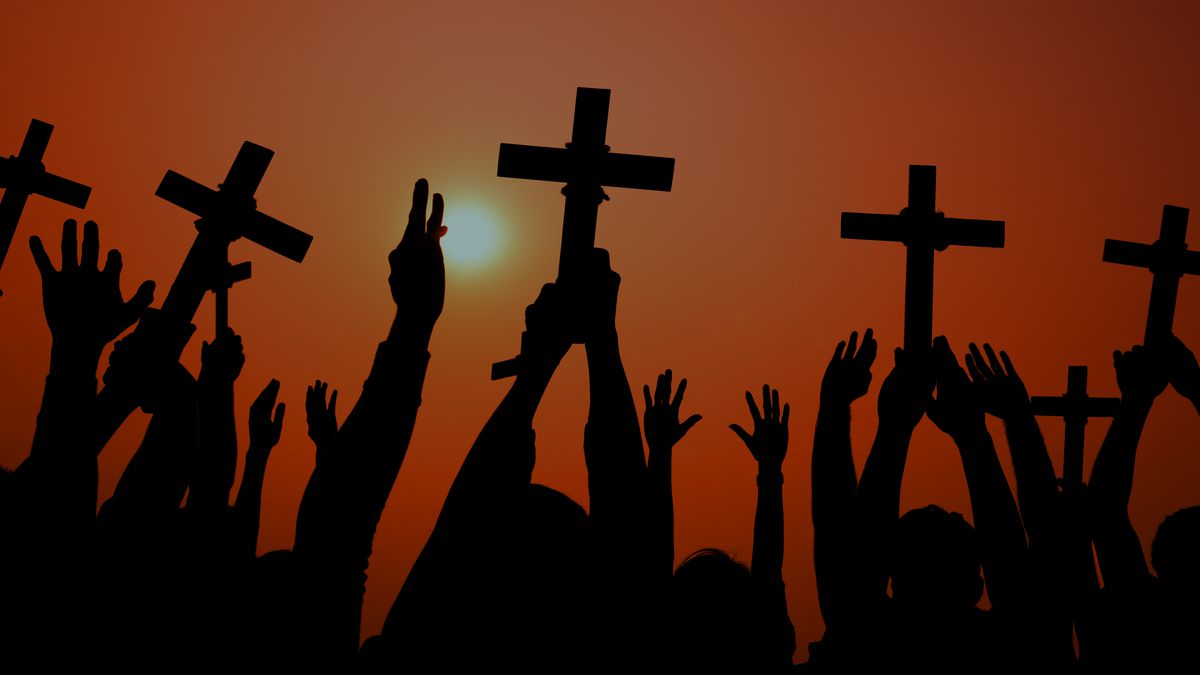Safe and Effective Ways to Remove Food from Wisdom Tooth Holes
Introduction
After wisdom tooth extraction, it’s common for food particles to become trapped in the healing socket. While this occurrence is usually harmless, improper cleaning can disrupt healing, increase infection risk, and cause discomfort. This comprehensive guide covers safe, effective methods for removing food from wisdom tooth holes, explains why maintaining hygiene is vital, and provides actionable steps to support a smooth recovery.
Why Food Gets Stuck in Wisdom Tooth Holes
Wisdom teeth often leave a noticeable hole in the gums after removal because the extraction site can take several weeks to fully heal. During this time, everyday eating and drinking may lead to food debris settling into these sockets, especially if the foods are sticky, chewy, or contain seeds or grains [4] . The risk is highest during the initial 1-2 weeks, when the socket is widest and the blood clot protecting the wound is most vulnerable [3] .
Potential Complications of Food Impaction
Leaving food stuck in a wisdom tooth hole can lead to several complications. Bacteria thrive in trapped particles, increasing the risk of infection, inflammation, and swelling (pericoronitis). Other issues include delayed healing, persistent bad breath, and possible damage to neighboring teeth or bone [4] . For these reasons, maintaining good hygiene and promptly addressing food impaction is critical.
Step-by-Step Methods for Removing Food Safely
When you find food stuck in your wisdom tooth socket, consider these proven, dentist-recommended techniques. Always prioritize gentle methods to avoid disturbing the healing tissue or blood clot.
1. Saltwater Rinse
A warm saltwater rinse can help loosen and flush out food particles without irritating the extraction site. Dissolve half a teaspoon of salt in a cup of warm water and gently swirl the solution in your mouth, focusing on the affected area. Repeat several times until the debris is removed [1] [5] .
Example: Many patients find that performing a saltwater rinse after each meal significantly reduces the incidence of food getting stuck, promoting faster healing and minimizing discomfort.
2. Herbal Tea or Mouthwash Rinse
Gentle rinsing with herbal tea (such as chamomile) or an alcohol-free mouthwash can soothe inflammation and help dislodge particles. Use lukewarm liquid and avoid vigorous swishing that might disturb the clot [1] .
Implementation Tip: If you experience soreness, herbal teas can provide anti-inflammatory benefits while cleaning the area.
3. Dental Syringe or Water Flosser
If provided by your dentist, use a dental syringe to gently flush the socket with warm water or saline solution. Water flossers with low-pressure settings are also effective for reaching deep crevices without harming the healing site [3] [2] .
Step-by-step guidance:
- Fill the syringe or water flosser with lukewarm water or saline.
- Gently aim at the extraction site, avoiding direct contact with the blood clot.
- Flush with gentle pressure until the food particle is removed.
Real-world example: Dental clinics often provide these tools post-surgery and instruct patients on their safe use. If not provided, ask your dentist if such devices are appropriate for your situation.
4. Gentle Brushing and Cotton Swab
For food trapped near the surface, gently brush the area with a soft-bristled toothbrush or use a sterile cotton swab. Avoid aggressive scrubbing or poking, which can harm healing tissue [1] .
Tip: Always use a new, clean cotton swab to minimize the risk of infection.
5. Oral Pulsating Irrigator
Oral irrigators, available at most pharmacies, can help flush out debris with a gentle pulsating water stream. Follow manufacturer instructions and use the lowest pressure setting to avoid tissue damage [1] .
6. When to Leave Food Alone
In some cases, if the food particle isn’t causing discomfort or infection, you may leave it alone. The healing process often expels debris naturally as the socket closes from the bottom up [2] [3] .
Foods and Habits That Can Help Prevent Food Impaction
Diet plays a significant role in preventing debris from getting stuck. Avoid sticky, chewy foods like caramel, toffees, and gummy candies, as well as foods with seeds or grains. Carbonated drinks should also be avoided, as they can disturb the protective blood clot and delay healing [4] .
Practical guidance: Opt for soft foods such as yogurt, mashed potatoes, scrambled eggs, and smoothies during the first week post-extraction.

Source: fit-wet.com
When to Contact a Dentist
While most food impaction cases resolve without issue, certain symptoms require prompt professional attention:
- Severe swelling or pain increasing 48-72 hours after surgery
- Excessive bleeding from the socket
- Fever, numbness, or persistent bad taste
- Pus oozing from the extraction site
If you notice any of these signs, contact your dentist immediately. These may indicate infection or other complications that require medical treatment [2] .
Alternative Approaches and Challenges
While home remedies are popular, improper methods-such as using unsterilized instruments or forceful action-can cause more harm than good. Always avoid sharp objects, vigorous poking, or using your fingers, as these can introduce bacteria and disrupt healing [1] .

Source: toothcarenook.com
If you’re unsure about the best approach, consult your dental provider for personalized advice. Dental professionals may recommend specific rinsing techniques or provide irrigation tools suited to your case.
Healing Timeline and Long-Term Care
The risk of food impaction decreases as the socket gradually closes, typically over 4-6 weeks. Most patients can stop worrying about food getting stuck after the first 1-2 weeks [4] . Continuing gentle oral hygiene practices and following your dentist’s instructions are key for a comfortable recovery.
Summary: Key Takeaways for Effective Wisdom Tooth Hole Care
Maintaining cleanliness in wisdom tooth extraction sites is vital for preventing complications and promoting healing. Use gentle rinsing, specialized tools, and soft foods to minimize food impaction risk. If complications arise, seek professional dental care promptly. With proper care, most wisdom tooth holes heal smoothly, and occasional food impaction becomes less of a concern over time.
References
- [1] Healthline (2023). 8 Tips to Remove Food Stuck in Wisdom Tooth Hole.
- [2] 805 Dentist (2023). Food Stuck in Wisdom Teeth Hole? Here’s What to Do.
- [3] Family Dental Care (2024). What Occurs When Food Becomes Trapped in a Closing Wisdom Tooth Socket?
- [4] Total Health Dental Care (2024). Food Stuck in Wisdom Teeth Holes: When Can I Stop Worrying?
- [5] Oral Facial & Implant Specialists (2024). Food stuck in wisdom tooth hole.
MORE FROM cheerdeal.com













